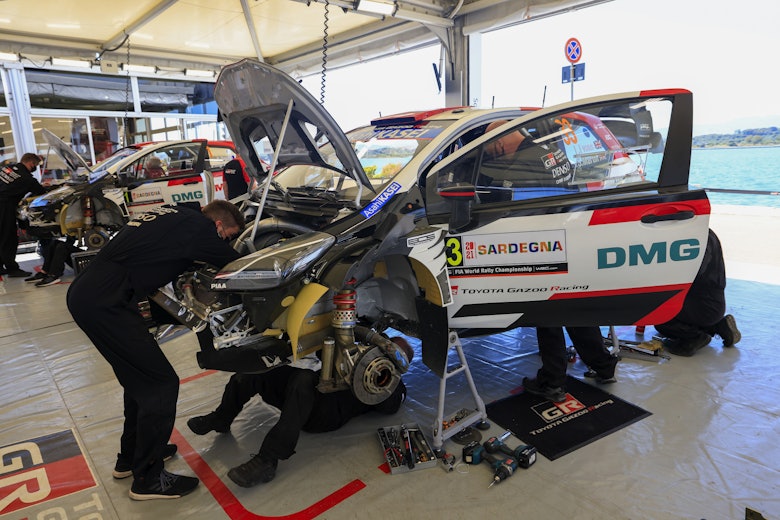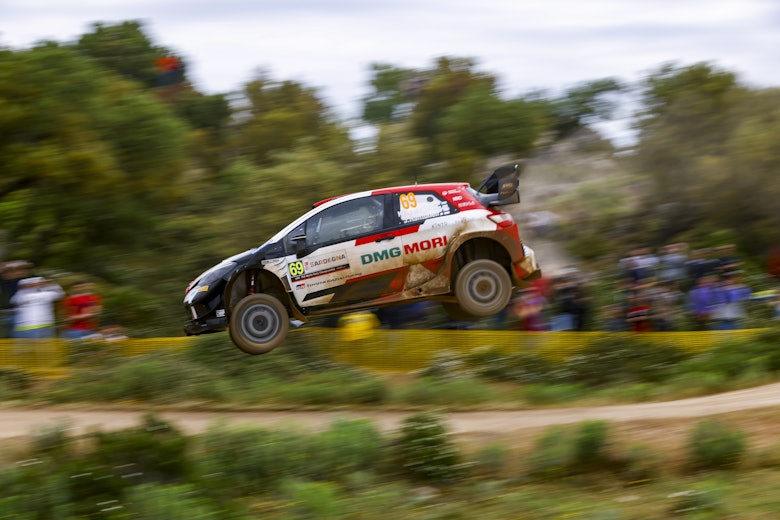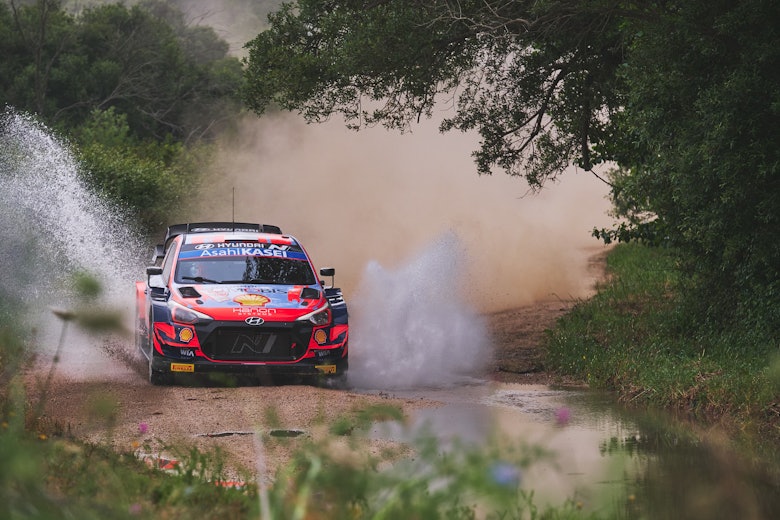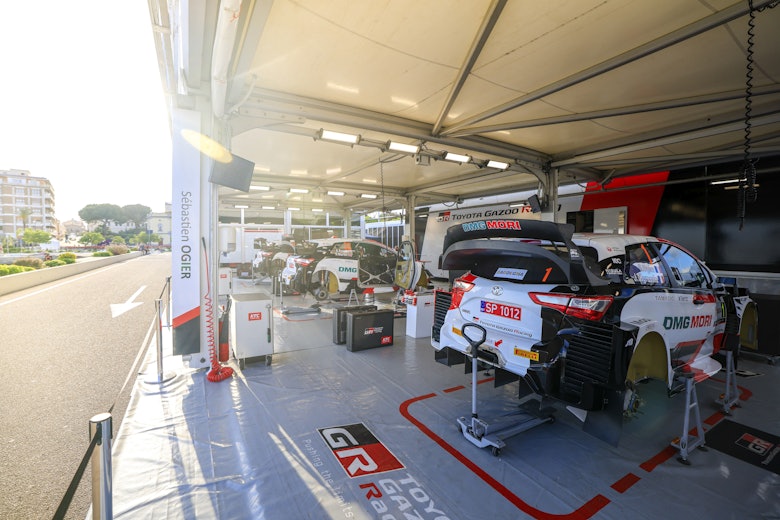A good few years ago, Malcolm Wilson was asked to run Ford’s World Rally Championship effort from Essex. He said yes. Then no. He wasn’t prepared to leave his native Cumbria. And couldn’t see a way of splitting the operation.
Essex and Cumbria are at different ends of England, separated by 300 miles.
Developing a car in one place and building it in another? It’s hard to see the sense in that.
Which is why Toyota Gazoo Racing’s plan to ship half of its Finnish operation across to Estonia at the start of the 2019 season was something of a mystery to me.
Less mysterious is the decision to reverse that plan and bring them back together and under one roof in central Finland. Rally town. Jyväskylä.

Granted, it’s only a stone’s throw – or 25-minute flight – from capital to capital. But by car-carrying-truck Tallinn to Jyväskylä is a 230-mile journey either side of an hour and a bit on the ferry. Unless you want to swing by Russia? In which case it’s a 500-plus mile slog.
The original thinking was clear: save time on rebuilds for cars coming up from the south of Europe. If, for example, Kalle Rovanperä’s Yaris WRC had needed to return to base between Portugal and Sardinia, simple geography dictates it would have been quicker to send it to Estonia.
And simple economics made it more sensible to house half the TGR team in Estonia, with a less demanding tax structure and cheaper bricks and mortar.
And, let’s face it, the place is pretty swish inside and out – and the process of moving cars through the rebuild process has a humanized production line feel to it. In short, it was a good place to live and work.

Certainly, Tallinn’s Røst Bakery remains one of the coolest places I’ve had breakfast.
Tom Fowler and Yuichiro Haruna are looking beyond a cost-effective funky factory and a decent Americano. They’re looking to the future.
“The premises we’re working out of Jyväskylä now is five times bigger than what we had in Puuppola,” said Fowler. “And it’s bigger than Estonia. This kind of expansion wasn’t possible in the past in Finland, but with the high-voltage cars coming it makes more sense than ever to have everything under one roof.
“In terms of the rebuilding of cars between rallies, Estonia has worked well but now we must transition a car from the design stage to the build process and doing that across two locations would be a significant challenge. Looking at the pros and cons we can see the advantage of, for example, team communication to be a greater benefit than logistics.
From the Toyota Motor Corporation point of view, this is a really hard decision to make. The hybrid 2022 Rally1 car requires significant investmentYichiro Haruna
“To help with this there are some very good modern-day tools, but there’s nothing like doing it the old fashioned way of just talking to each other face to face. Tapping your colleague on the shoulder and saying: “Oy, mate, have you checked that hydraulic system is the correct spec?”
“It’s also a resource thing. If we went into 2022 with Estonia still running, we would have to stock two lots of parts, tool and equipment for the new car. Obviously, running two premises means significant additional costs especially with addition of hybrid power units and all the support equipment they require.”
Project director Haruna is accepting of the financial implication of moving wholesale back into Finland – it’s a necessary fiscal forfeit to make the team as competitive as possible beyond 2022.
Haruna told DirtFish: “The Estonia factory is doing very well at the moment. From the Toyota Motor Corporation point of view, this is a really hard decision to make. The hybrid 2022 Rally1 car requires significant investment. It’s not just in the car itself, but it’s about the environment and facility in which we’re going to develop and build the cars.

“The most efficient use of the budget is to bring both facilities under the one roof in Finland. Like I said, this is not an easy decision to take, but we have to take it.”
Haruna was quick to stress that the team would be offering staff the opportunity to cross the Baltic Sea to work in Jyväskylä.
“We have won world championship titles in three of the last four years since coming back in 2017. We are very proud of that and we are very proud of everybody who wears the Toyota colours. We want to keep our team of world champions together. We want our colleagues from Estonia to join us in Finland to help us maintain and further our strong record in the WRC.”

Make no mistake, there’s real weight in those words from Haruna-san. This wouldn’t and couldn’t have been as easy decision. Balancing the books as well as balancing the weight of expectation for continued success from the mothership in Japan has meant significant debate on this one.
But beyond the logistical and financial aspects, moving the whole Yaris WRC program back to Finland at the end of the season just feels right. For the last two-and-a-bit years we’ve been talking about this car that was born and raised on and around the world’s fastest and most fever gravel roads. But the second part of that wasn’t really true anymore.
Soon, it will be again.





